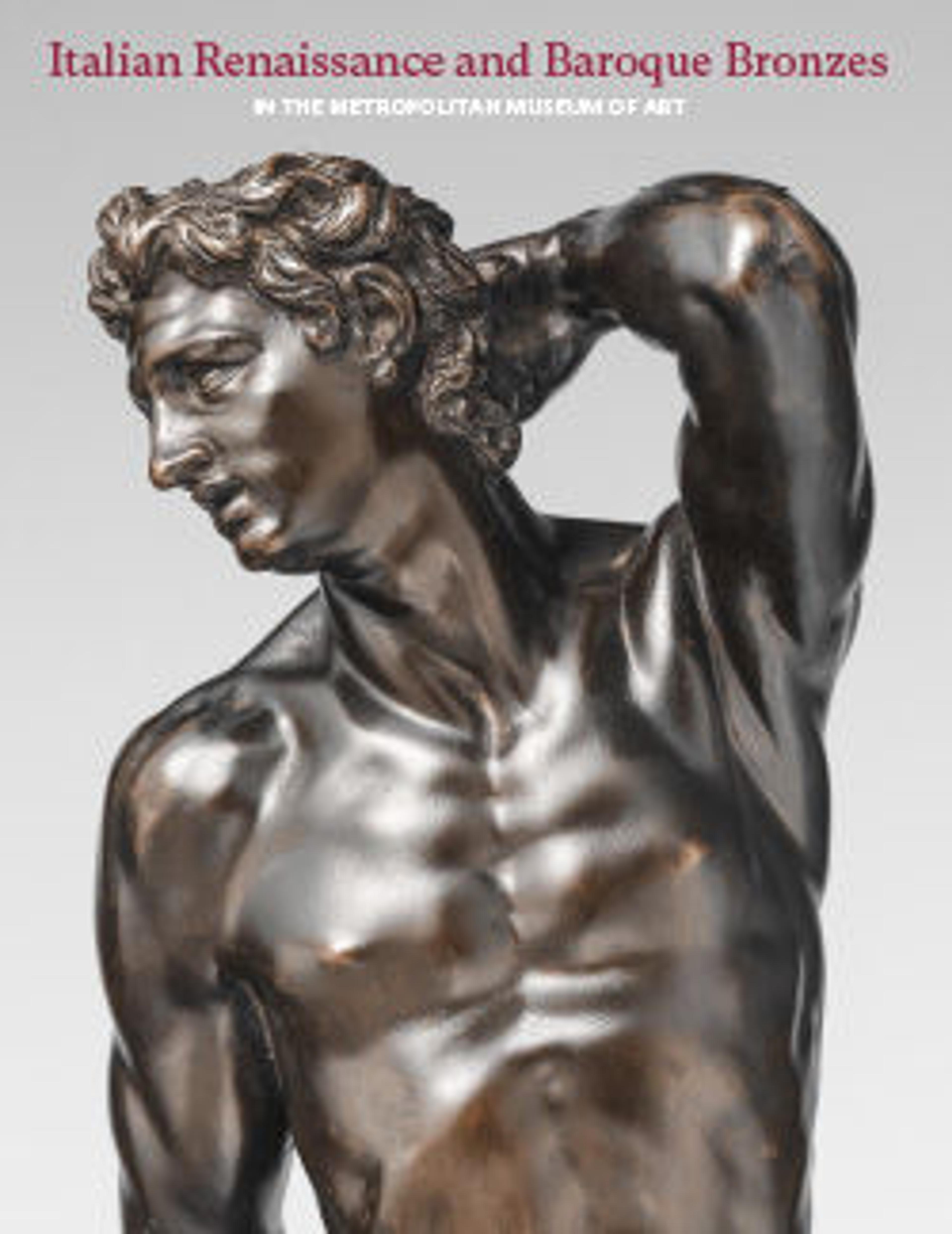Vulcan
In Renaissance art, the Roman god of fire is usually shown in the character of a crippled blacksmith. As patron of those who worked with molten metal, Vulcan must have had a special meaning for the bronze artist. It would formerly have been the fashion to insist upon a name for this artist-and there are in fact certain resemblances to statuettes from the workshop of Girolamo Campagna-but in practice, the more one sees the fewer certainties there are about the lesser works generated by the increasingly numerous modelers and founders who were active in Venice in the late Renaissance. The figure once belonged to J. P. Morgan, whose collection of bronzes was so large that it forms the nucleus of more than one museum's holdings.
Artwork Details
- Title: Vulcan
- Date: late 16th century
- Culture: Italian, Venice
- Medium: Bronze
- Dimensions: Overall with bolt (confirmed): 12 1/8 × 3 3/8 × 3 3/4 in. (30.8 × 8.6 × 9.5 cm); Height without bolt (confirmed): 10 3/8 in. (26.4 cm)
- Classification: Sculpture-Bronze
- Credit Line: Bequest of Mary Cushing Fosburgh, 1978
- Object Number: 1979.135.18
- Curatorial Department: European Sculpture and Decorative Arts
More Artwork
Research Resources
The Met provides unparalleled resources for research and welcomes an international community of students and scholars. The Met's Open Access API is where creators and researchers can connect to the The Met collection. Open Access data and public domain images are available for unrestricted commercial and noncommercial use without permission or fee.
To request images under copyright and other restrictions, please use this Image Request form.
Feedback
We continue to research and examine historical and cultural context for objects in The Met collection. If you have comments or questions about this object record, please contact us using the form below. The Museum looks forward to receiving your comments.
